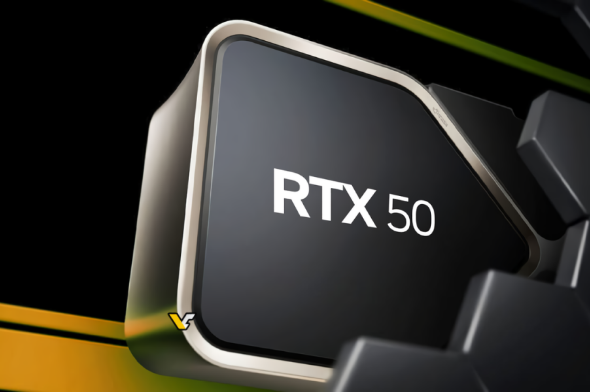Connection to DriversCloud Create a DriversCloud.com account Reset your DriversCloud.com password Account migration
NVIDIA prepares its GeForce RTX 50: the 5090 twice as powerful as the 5080?
There's every reason to believe that NVIDIA could be launching the first GeForce RTX 50s before the end of the year.
During the autumn and early winter of 2022, we were able to discover new generations of graphics processors from AMD and NVIDIA. The latter opened the ball with the GeForce RTX 4090 in October 2022 and the RTX 4080 in November 2022. AMD then responded with the Radeon RX 7900 XT and RX 7900 XTX in December of the same year. We'll soon be two years into these generations, which should be superseded by a "new wave" at the end of 2024. At least, that's what NVIDIA seems to be confirming as the rumours surrounding the future " Blackwell " generation multiply.
At least it should be like this now.
- kopite7kimi (@kopite7kimi) March 12, 2024
The latest focus on the so-called interface bus. This is the means of communication between the graphics processor (GPU) on one side and the video memory (VRAM) on the other. The width of this bus determines the amount of information that can be exchanged between the two components. Of course, the more demanding the games, the greater the graphic requirements, and the greater the amount of information to be exchanged, with, in particular, ever more detailed, ever larger textures. The interface bus is obviously not the same for high-end and entry-level cards. For example, on the current generation of GeForce cards, the RTX 4060/RTX 4060 Ti have a 128-bit bus, while the RTX 4090 has a 384-bit bus.
Relayed by VideoCardz, the first solid rumors concerning the next generation point to a GeForce RTX 5090 card with a 512-bit bus, significantly larger than NVIDIA's current flagship. More importantly, there will be no 384-bit cards, whereas the RTX 5080 will retain the 256-bit bus of its "little sister", the RTX 4080. Equally interesting is the rumor that the RTX 5090 will offer 192 stream multiprocessors (basically, computing units), while the RTX 5080 will have to make do with 96.
A huge gap between the two GeForce RTX 50 models... even more than between the current versions. The RTX 4090 has 144 multiprocessor streams, while the RTX 4080 has 84. In fact, these first two clues suggest that the RTX 5080 will be much further behind the RTX 5090 than the RTX 4080 is behind the RTX 4090. Could it be that NVIDIA's intention is to make the RTX 5090 a kind of inaccessible technological showcase, and place the commercial emphasis on the RTX 5080?






